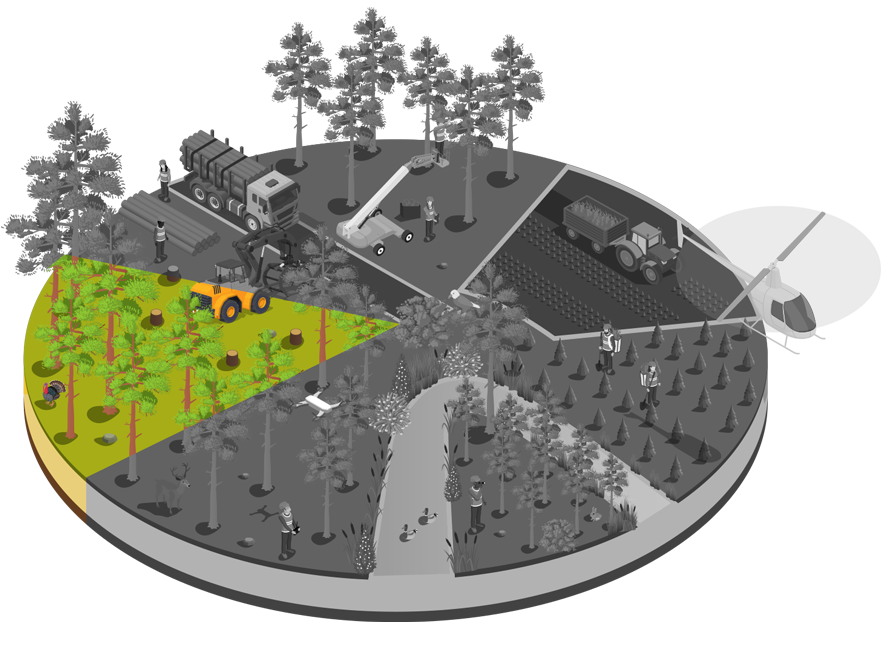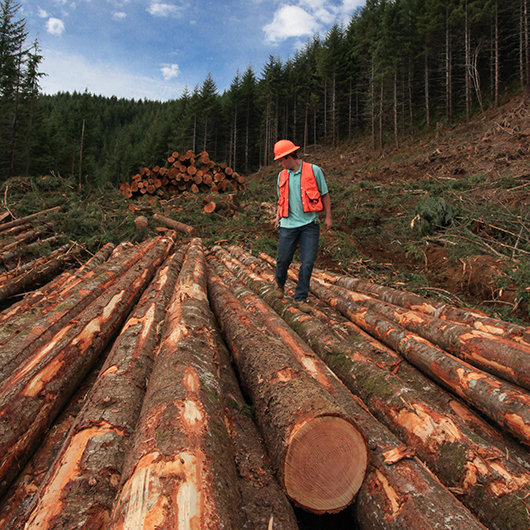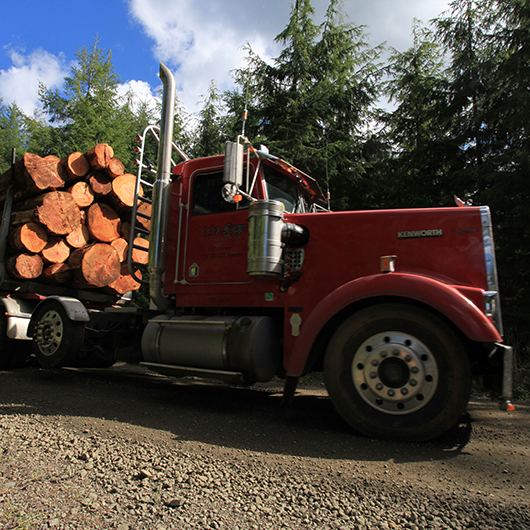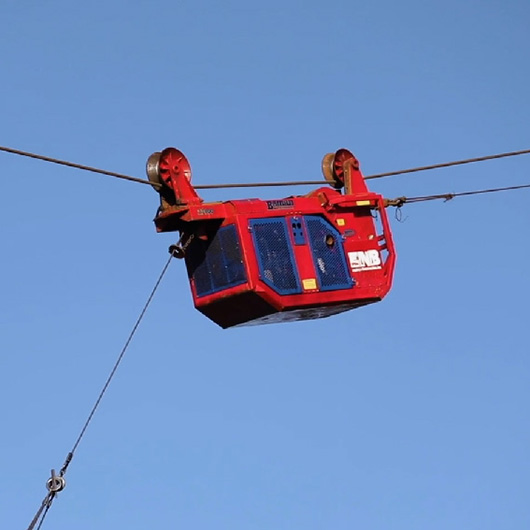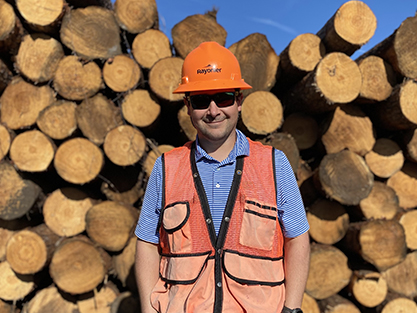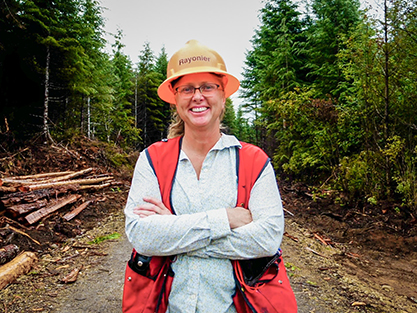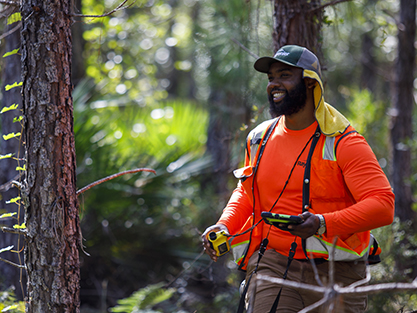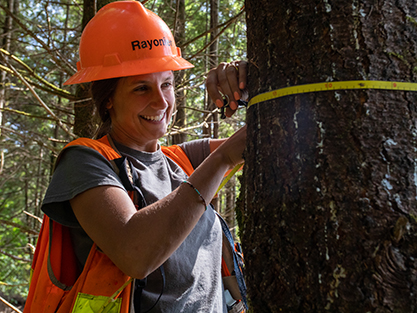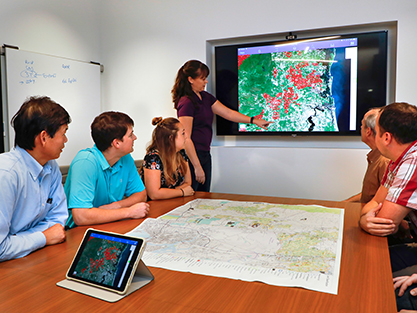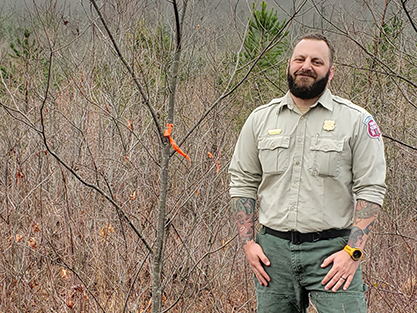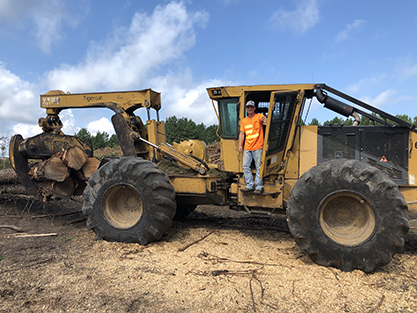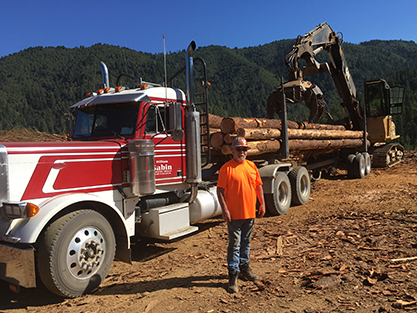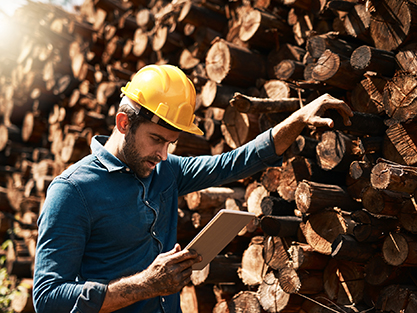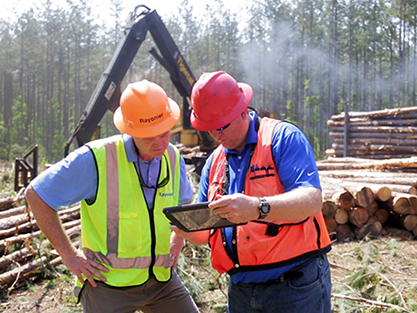The Forestry Lifecycle
Harvesting
When trees are fully grown, it is time for the harvest. But how do we decide where the trees go, and how do they get there?
A forester called a timber marketing manager networks with local mills, exporters and other timber buyers to find the best use and price for the trees. Heavy equipment operators from a logging company cut, sort and load the timber onto trucks to be delivered. Then the mill workers, exporters and others transform the timber into its next use.


